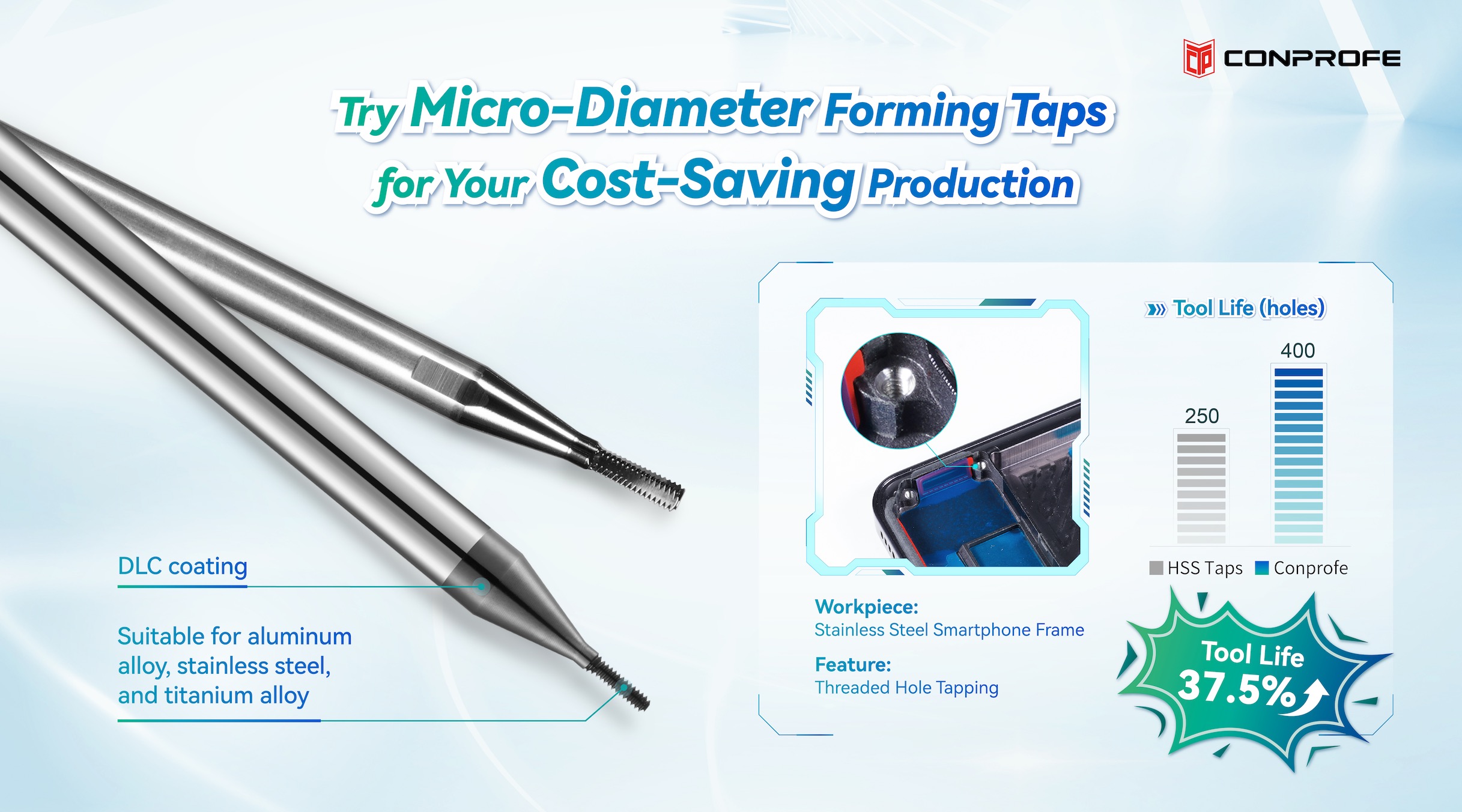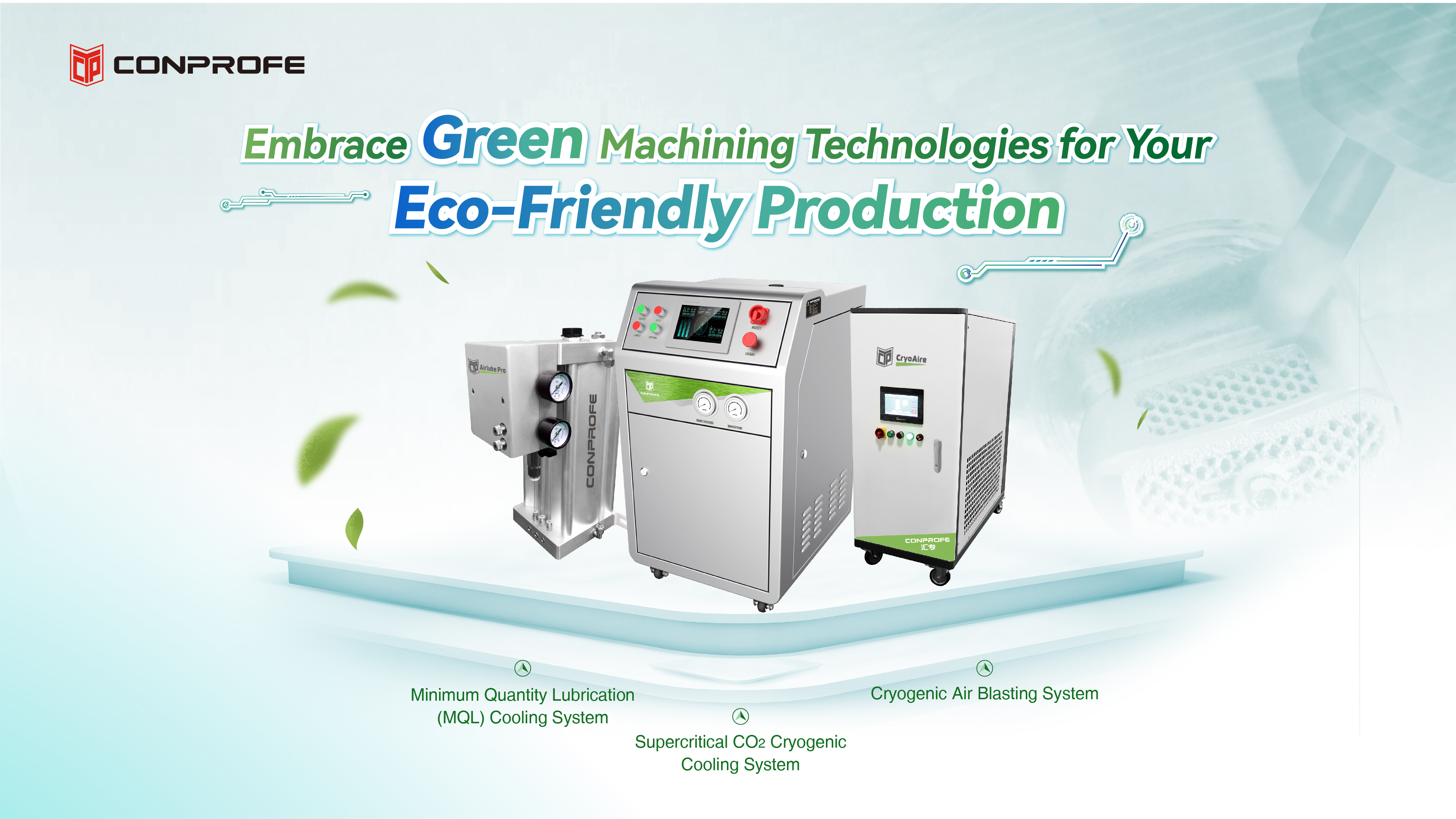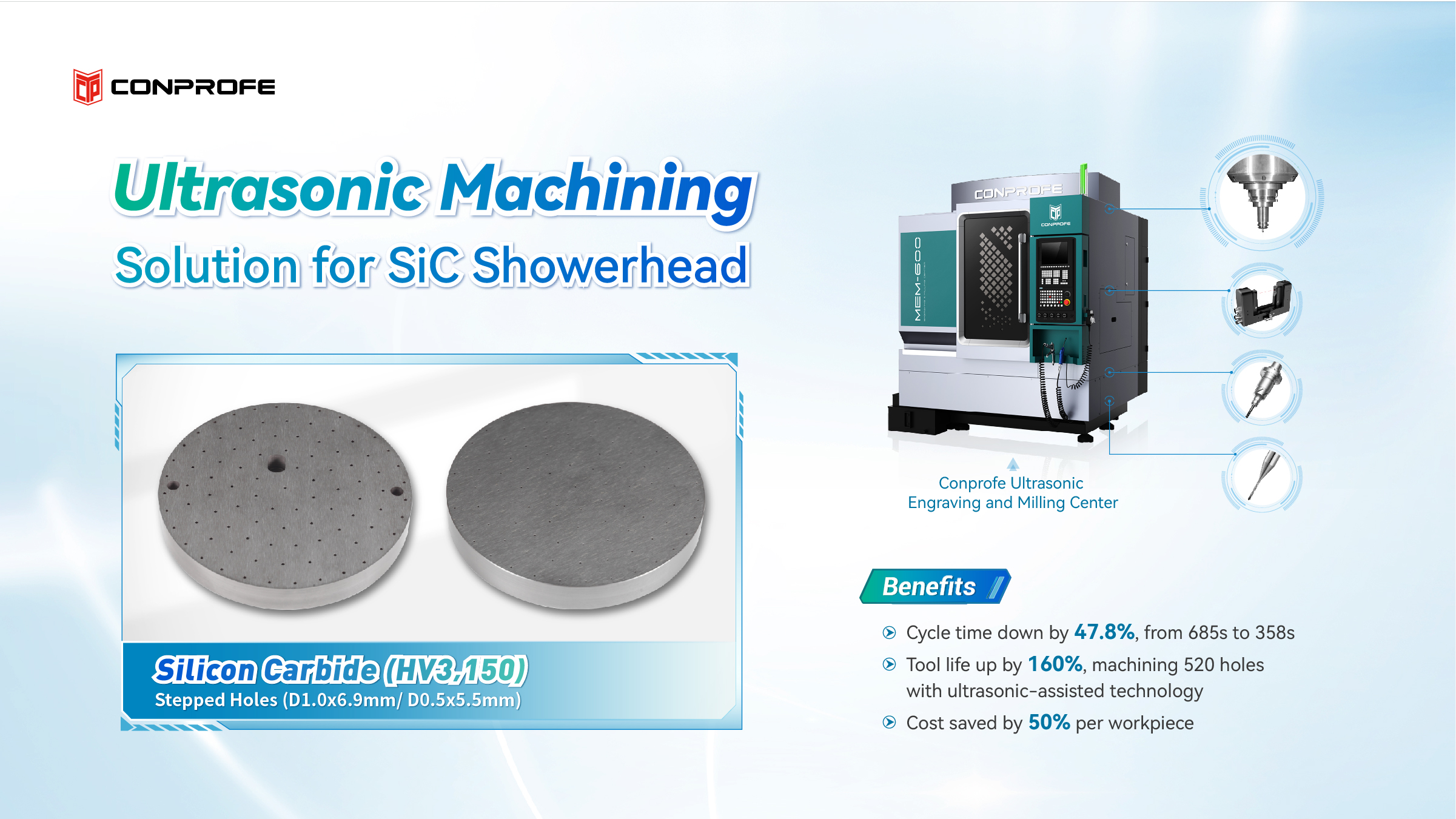0.027mm Burrs in Micro-Hole Drilling: The Ultrasonic Precision Standard Redefines Probe Card Manufacturing
 August 13, 2025 2:14 pm
August 13, 2025 2:14 pmThe semiconductor industry’s relentless push for smaller, faster chips has made probe cards—the critical consumable hardware enabling wafer testing—more challenging to manufacturers than ever. As the bridge between test equipment and microscopic chip circuits, probe cards directly determine which dies get packaged… and which become costly scrap.
Why Probe Card Manufacturing Hits a Wall
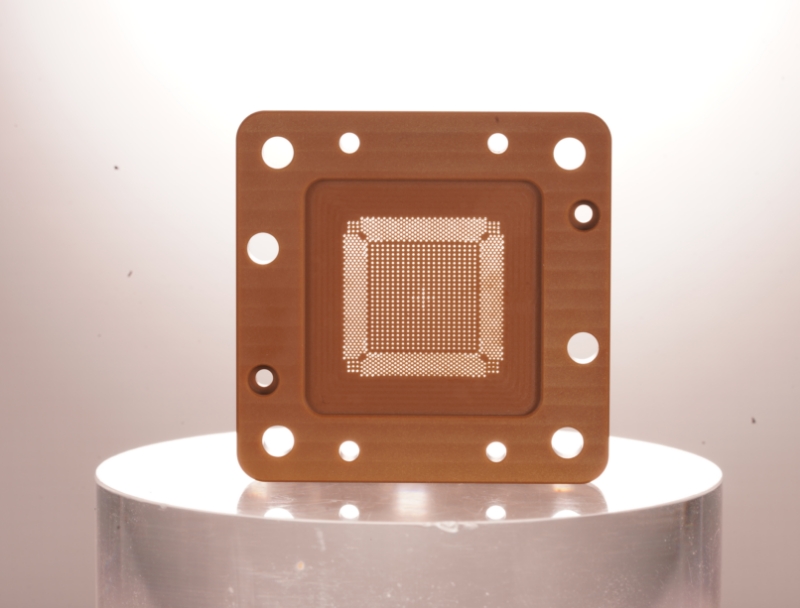
While global players dominate this $3B+ market, rising geopolitical tensions and supply chain risks have accelerated demand for domestic alternatives. But producing high-performance probe cards—especially engineering plastic (PEEK/PI/VESPEL) variants for 5G/AI chips—faces four deal-breaking hurdles:
Micro-hole burring (0.095mm+ burrs distort high-frequency signals)
Sub-0.3mm hole drilling with ±1μm consistency across 10,000+ holes
Thermal warping from plastics’ low melting points during machining
Tool adhesion causing surface defects in soft, viscous materials
The Ultrasonic Edge: Data That Speaks Volumes
Conprofe’s UEM-600 Ultrasonic-Green Engraving and Milling Center + Solid PCD Micro Drill does not just incrementally improve these pain points—it redefines benchmarks:

72% smaller burrs (0.027mm vs traditional method’s 0.095mm) via high-frequency vibration eliminating tear-out

True D0.22mm/ D0.31mm micro holes with ATAN angle accuracy of 25.462° (standard: 25.463°)
High accuracy and stability in high-density micro-hole drilling of engineering plastic materials (Vespel SCP-5000)
Meet Us at SEMICON Taiwan 2025!
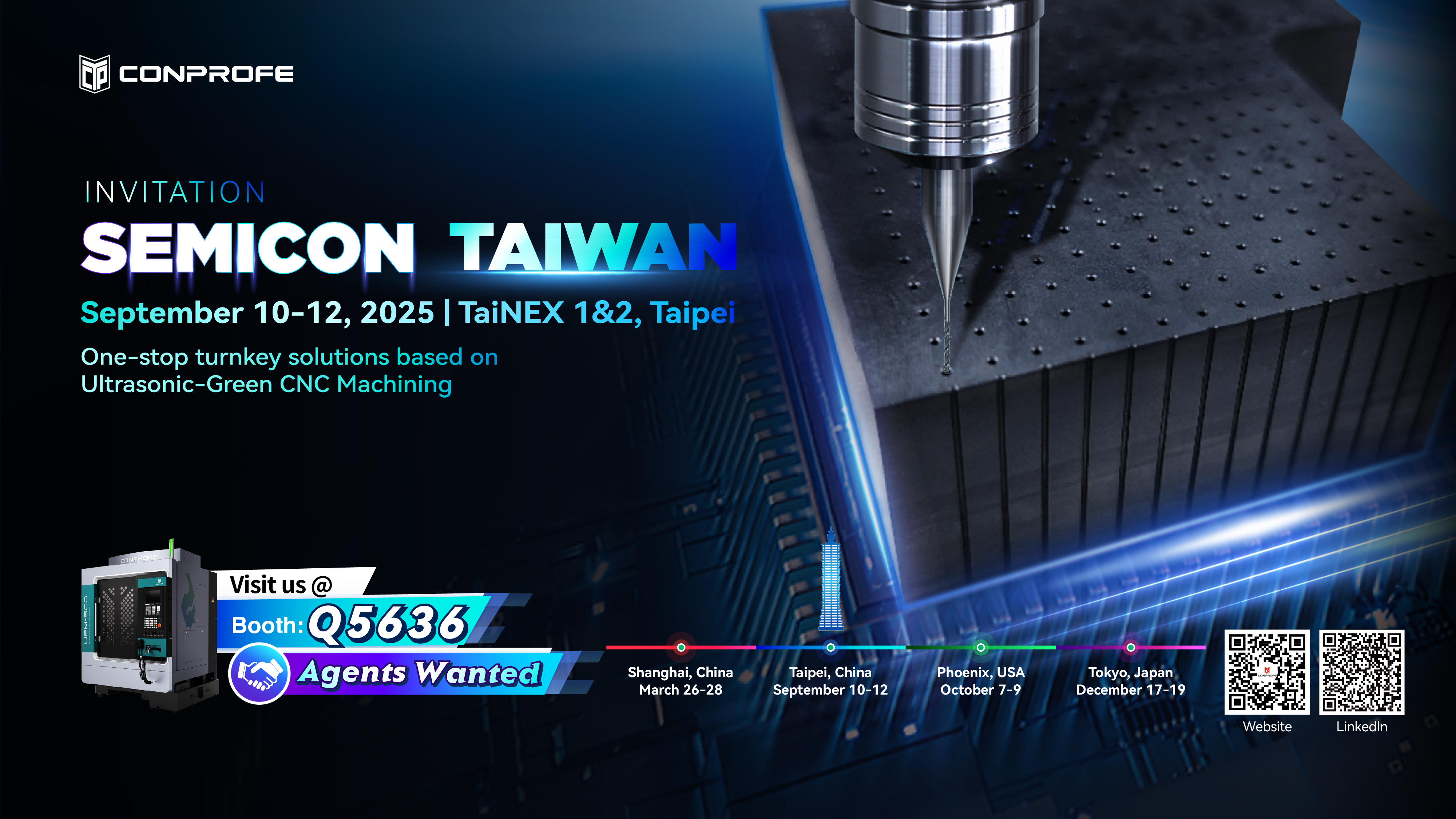
Explore more semiconductor machining innovations at Booth Q5636, Taipei Nangang Exhibition Center (Sep. 10–12, 2025). Let’s discuss cutting-edge ultrasonic machining solutions for hard-brittle materials in semiconductor manufacturing!

